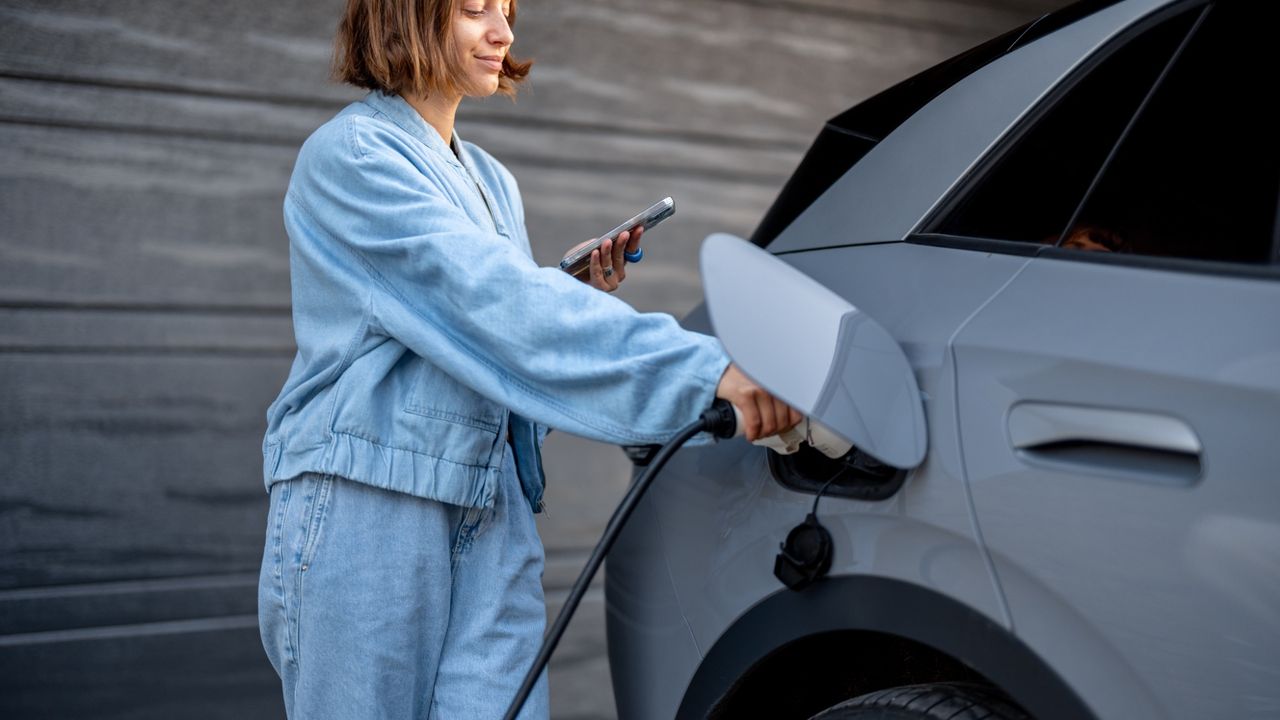Electric Vehicle Charging Infrastructure: A Key to the Future
As the world moves towards a more sustainable future, electric vehicles (EVs) have gained significant popularity. With the increasing number of EVs on the road, the need for a robust charging infrastructure has become more important than ever. In this article, we will explore the different aspects of EV charging infrastructure, including home charging, public charging, and the development of charging infrastructure.
Home Charging: Convenience at Your Fingertips
One of the major advantages of owning an electric vehicle is the ability to charge it at home. Home charging provides convenience and flexibility to EV owners, allowing them to charge their vehicles overnight or whenever it is most convenient for them. All you need is a dedicated charging station installed at your home, which can be easily done by a certified electrician.
Home charging stations are typically connected to the electrical grid, allowing EV owners to charge their vehicles using the electricity from their homes. This not only saves time but also reduces the dependency on public charging infrastructure. With home charging, you can wake up every morning to a fully charged vehicle, ready to hit the road.
Charging Infrastructure Development: Bridging the Gap
While home charging is a convenient option, it is not always sufficient, especially for long journeys or when you don’t have access to a charging station at home. This is where the development of public charging infrastructure comes into play.
Public charging stations are strategically placed in various locations such as shopping centers, parking lots, and highways, allowing EV owners to charge their vehicles while they are away from home. These charging stations come in different types, including Level 2 chargers, which provide a faster charging speed compared to home charging, and DC fast chargers, which can charge an EV to 80% in as little as 30 minutes.
The development of public charging infrastructure is a collaborative effort between governments, businesses, and utility companies. Governments play a crucial role in providing incentives and subsidies to encourage the installation of charging stations. Businesses, on the other hand, invest in charging infrastructure to attract customers and promote sustainability. Utility companies work towards upgrading the electrical grid to support the increased demand for electricity due to EV charging.
Public Charging: Charging on the Go
Public charging stations have made it easier for EV owners to travel longer distances without worrying about running out of battery. With the growing network of charging stations, EV owners can plan their journeys more efficiently, knowing that they can charge their vehicles at various locations along the way.
Public charging stations are often equipped with user-friendly interfaces and payment systems, making it easy for EV owners to charge their vehicles. Some charging stations even offer additional amenities such as Wi-Fi, restrooms, and food options, providing a more pleasant charging experience.
Conclusion:
Electric vehicle charging infrastructure plays a vital role in the widespread adoption of electric vehicles. Home charging provides convenience and flexibility, while public charging bridges the gap for longer journeys. The development of charging infrastructure is a collaborative effort involving governments, businesses, and utility companies. With the continuous expansion of charging infrastructure, electric vehicles are becoming a more viable and sustainable transportation option for the future.
